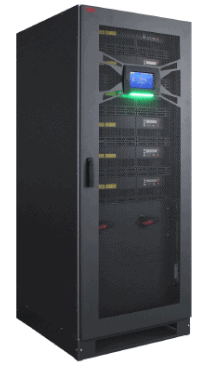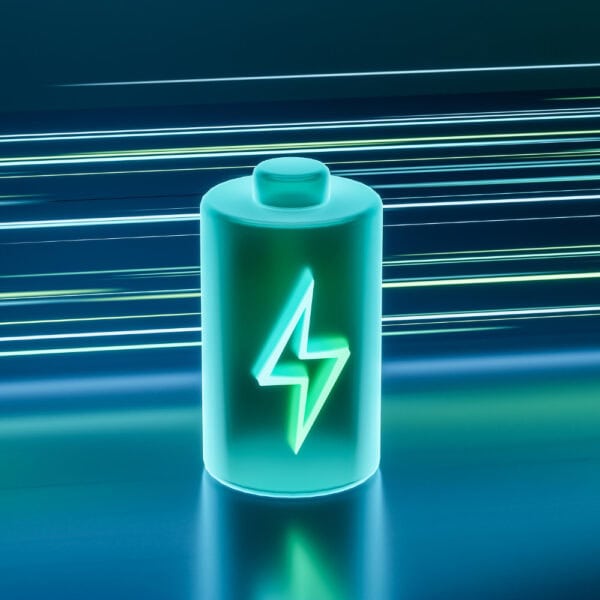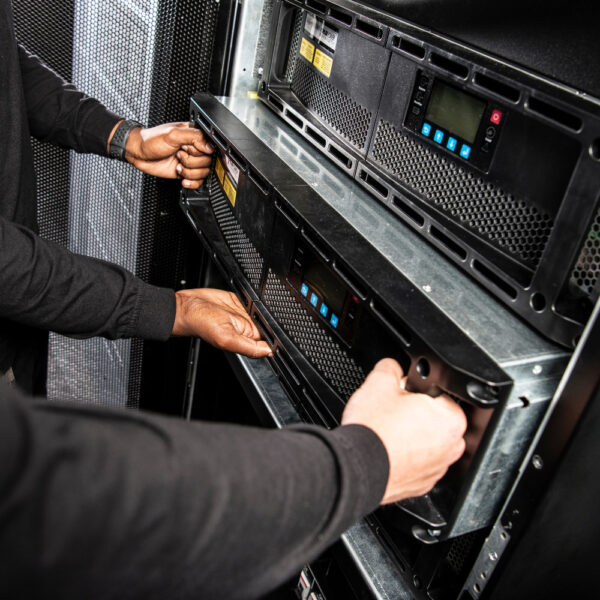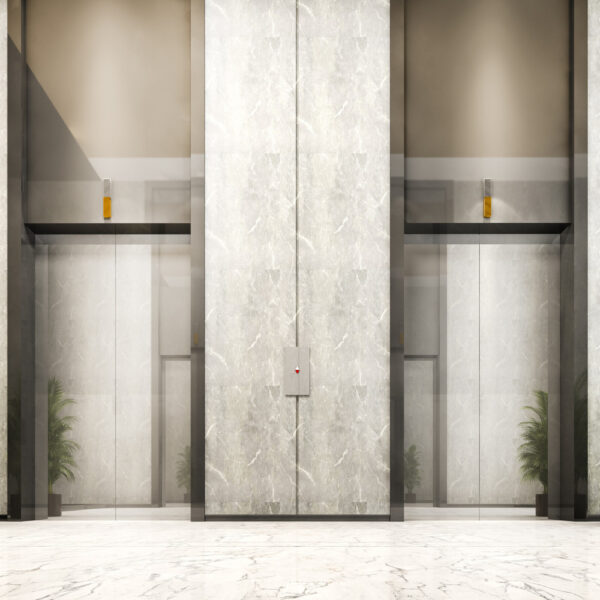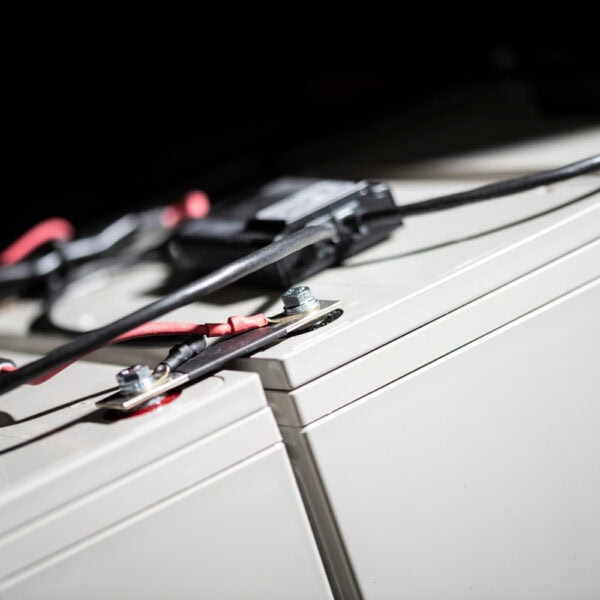Data centre operators, like any other business, are under continuous pressure to improve their energy efficiency. This is partly due to rising fuel costs, but also because shareholders, business partners and employees expect to see credible green policies in place – and there’s also government legislation to control energy efficiency through a range of financial incentives and penalties.
As a major equipment item, a UPS’s energy efficiency is an important component of a data centre’s overall electrical demand. Accordingly, modern UPS designs typically include several techniques that work together to maximise their energy performance. As a result, suppliers like KUP are now achieving up to 97.6% module efficiency, and 97.4% system efficiency.
The first step towards improved efficiency came when advances in power semiconductor technology and improved PWM based waveform generation techniques allowed a move to transformerless topologies. These are now available in systems rated up to 5MW, and rising. The change immediately improved efficiency to 95% or better over the entire 25% to 100% load spectrum.
Transformerless technology has further possible energy-saving benefits. The booster rectifier and IGBT semiconductors it uses produce an input power factor much closer to unity and less load-dependent than that generated by transformer-based types. This reduces the size of the cabling and switchgear and, in some instances, reduces the electricity running costs. Another, related benefit is that the input current harmonic distortion (THDi) is considerably reduced – from 30% to less than 3.5%.
Since then, further technology advances have been added. A three-level bridge output filter can raise efficiency to 97.2%, while further measures raise this again, to 97.6%. These include interleaved inverter modulation to reduce semiconductor switching frequency, and optimisation of semiconductor ratings allowing passive filters to be reduced in size.
The above techniques relate directly to the UPS’s core electronics, but other approaches can be used as well. One of these is Eco mode, in which power from the mains supply is fed directly to the load, bypassing the UPS rectifier and inverter during normal operation and eliminating their inefficiencies accordingly. If a mains problem is detected, the critical load is switched to the inverter output.
While this can increase efficiency to 99%, most data centre operators avoid using it because it exposes the load to any incoming mains problems throughout most of its operational life. Additionally, it relies on the load’s IT equipment power supplies having sufficient capacitance to ‘ride through’ the switches between mains and inverter.
Another approach relates to UPSs operating significantly under capacity. Most UPSs’ efficiency drops sharply if their load is reduced to 25% or less. In KUP systems, a mode known as Xtra VFI can be enabled; this automatically adjusts the number of active modules in line with the load requirements. Modules consistently remain loaded to adequate levels. Any that are not needed are switched to standby but remain in a state of readiness, primed to kick in and transfer to active mode if the load increases or the mains fails. In calculating the configuration for maximum efficiency, the system allows for any desired redundancy level.
Any improvement in a UPS’s energy efficiency will automatically bring further energy benefits. Because its losses are being reduced, it will run cooler, so the amount of energy, and cost, needed for air conditioning or cooling are reduced.


